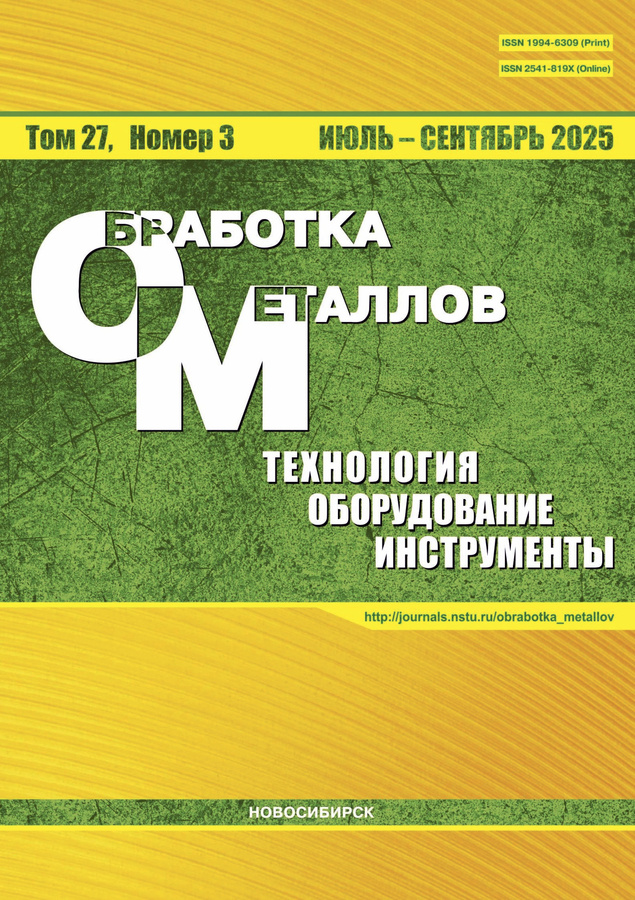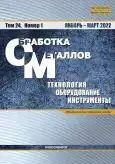Введение. Шлифование остается наиболее производительным и экономичным методом окончательной финишной обработки, обойтись без которого при производстве высокоточных деталей невозможно. Характерными особенностями шлифования материалов является то, что съем материала, шероховатость поверхности заготовки происходят за счет стохастического взаимодействия зерен абразивного материала с поверхностью заготовки, при наличии взаимных колебательных движений абразивного инструмента и обрабатываемой заготовки. При обработке заготовок абразивными инструментами удаление материала осуществляется большим числом зерен, которые не имеют регулярной геометрии и случайно расположены на рабочей поверхности. Это обусловливает необходимость применения при математическом моделировании операций теории вероятностей и теории случайных процессов. В реальных условиях при шлифовании контакт круга с деталью происходит с периодически изменяющейся глубиной из-за вибраций станка, отклонений формы инструмента от круглости, неуравновешенности круга или недостаточной жесткостью обрабатываемой детали. Для устранения влияния вибраций на производстве применяют инструменты с мягкими связками, снижают значение продольной и поперечной подач, однако все эти меры приводят к снижению производительности операции, что крайне нежелательно. Во избежание стоимостных потерь необходимы математические модели, адекватно описывавшие процесс учитывающие влияние вибраций, на выходные показатели процесса шлифования. Цель работы: создание теоретико-вероятностной модели съема материала при чистовом и тонком шлифовании, позволяющей с учетом относительных вибраций абразивного инструмента и заготовки проследить закономерности его удаления в зоне контакта. Методами исследования являются математическое и физическое моделирование с использованием основных положений теории вероятности, законов распределения случайных величин, а также теории резания и теории деформируемого твердого тела. Результаты и обсуждение. Разработанные математические модели позволяют проследить влияние на съем материала наложения единичных срезов друг на друга при чистовом шлифовании материалов. Предложенные зависимости показывают закономерность съема припуска в пределах дуги контакта шлифовального круга с заготовкой. Рассмотренные особенности изменения вероятности удаления материала при контакте обрабатываемой поверхности с абразивным инструментом при наличии вибраций, предложенные аналитические зависимости справедливы для широкого диапазона режимов шлифования, характеристик кругов и ряда других технологических факторов. Полученные выражения позволяют найти величину съема материала также для схем торцевого, профильного, плоского и круглого наружного и внутреннего шлифования, для чего необходимо знать величину относительных вибраций. Однако параметры технологической системы не остаются постоянными, а изменяются с течением времени, например вследствие износа шлифовального круга. Для оценки состояния технологической системы были проведены экспериментальные исследования, учитывающие вышеуказанные изменения за период стойкости шлифовального круга.
 6-22
6-22


 23-32
23-32


 33-47
33-47


 48-60
48-60


 61-72
61-72


 73-86
73-86


 87-102
87-102








